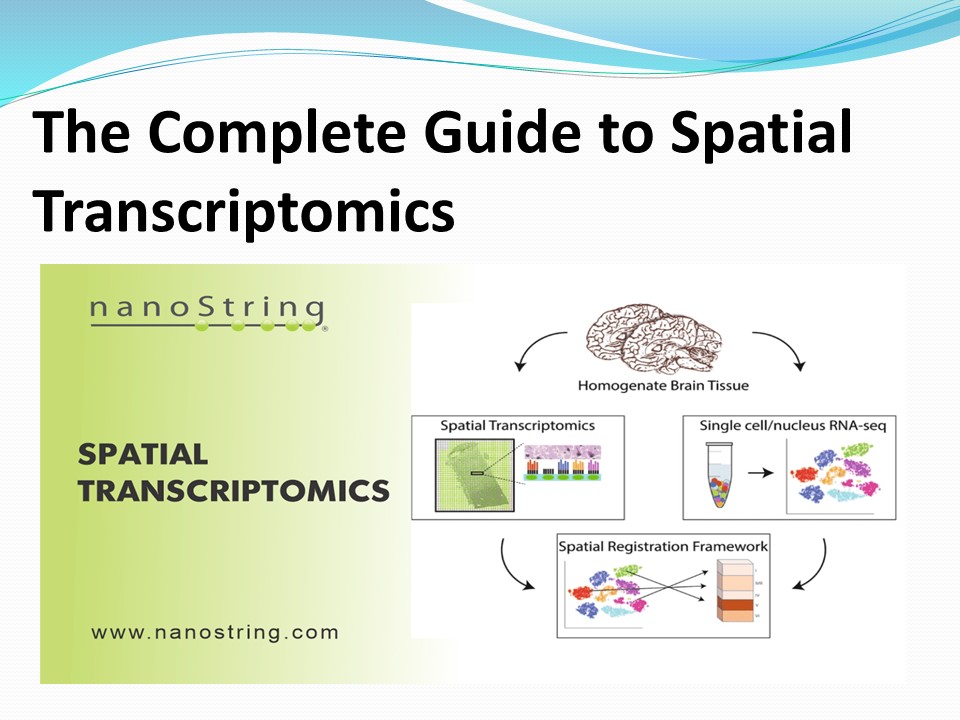The Complete Guide to Spatial Transcriptomics - PowerPoint PPT Presentation
Title:
The Complete Guide to Spatial Transcriptomics
Description:
Spatial transcriptomics is a new method of analyzing gene expression in a tissue or cell sample. – PowerPoint PPT presentation
Number of Views:14
Title: The Complete Guide to Spatial Transcriptomics
1
The Complete Guide to Spatial Transcriptomics
2
Spatial Transcriptomics is an invaluable
resource for researchers seeking to learn more
about this revolutionary technique. It provides a
comprehensive overview of spatial transcriptomics
technology, from its beginnings as a single-cell
analysis tool to its current applications in a
variety of research areas. The guide covers the
basic principles and methods of spatial
transcriptomics, as well as its potential
applications in fields such as cancer research,
neuroscience, and immunology. Additionally, it
provides readers with the necessary information
to properly plan and execute spatial
transcriptomics experiments. With the help of
this guide, researchers can confidently explore
the potential of this powerful technology to
further their studies.
3
How spatial transcriptomics help in finding
diseases?
Spatial transcriptomics is an innovative
technology that allows researchers to map gene
expressions in tissue samples at the cellular
level. This allows for a more detailed
understanding of how different cells interact and
the specific roles they play in various diseases.
By studying gene expression patterns and how they
differ in healthy and diseased tissue, scientists
can identify potential drug targets and new
treatments for a range of diseases, from cancer
to neurodegenerative diseases. Spatial
transcriptomics also allows researchers to track
changes in gene expression over time, which can
help them understand how disease progresses and
how treatments can be improved.
4
Benefits Of Spatial Transcriptomics
Spatial transcriptomics is a revolutionary
technology that combines advanced microscopy,
genomics, bioinformatics, and high-throughput
sequencing to provide an unprecedented view of
the molecular pathways in a tissue sample. It has
the potential to revolutionize the way we look at
tissue samples and study the underlying biology
of diseases. The benefits of spatial
transcriptomics include the ability to gain a
comprehensive view of gene expression in a tissue
sample, the ability to identify rare and unique
cell types in the sample, and the ability to
uncover novel biomarkers of disease.
Additionally, spatial transcriptomics can be used
to map complex networks of gene expression in
different cell types and to identify new
therapeutic targets. Finally, it can provide
valuable insights into the underlying causes of
diseases, allowing for better diagnosis and
treatment read more ..
5
Contact Us
1-888-358-6266
https//nanostring.com
530 Fairview Ave N, Seattle, WA 98109































